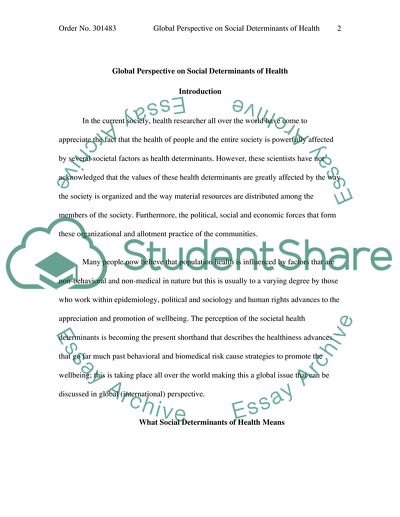Cite this document
(Global Perspective on Social Determinants of Health Research Paper, n.d.)
Global Perspective on Social Determinants of Health Research Paper. Retrieved from https://studentshare.org/miscellaneous/1724445-global-perspective-on-sdoh
Global Perspective on Social Determinants of Health Research Paper. Retrieved from https://studentshare.org/miscellaneous/1724445-global-perspective-on-sdoh
(Global Perspective on Social Determinants of Health Research Paper)
Global Perspective on Social Determinants of Health Research Paper. https://studentshare.org/miscellaneous/1724445-global-perspective-on-sdoh.
Global Perspective on Social Determinants of Health Research Paper. https://studentshare.org/miscellaneous/1724445-global-perspective-on-sdoh.
“Global Perspective on Social Determinants of Health Research Paper”, n.d. https://studentshare.org/miscellaneous/1724445-global-perspective-on-sdoh.


